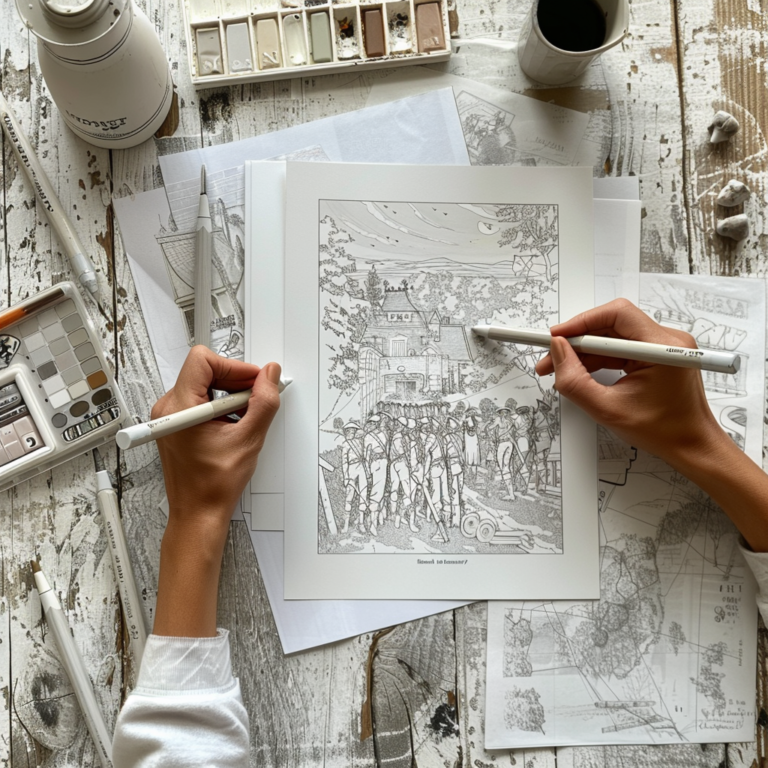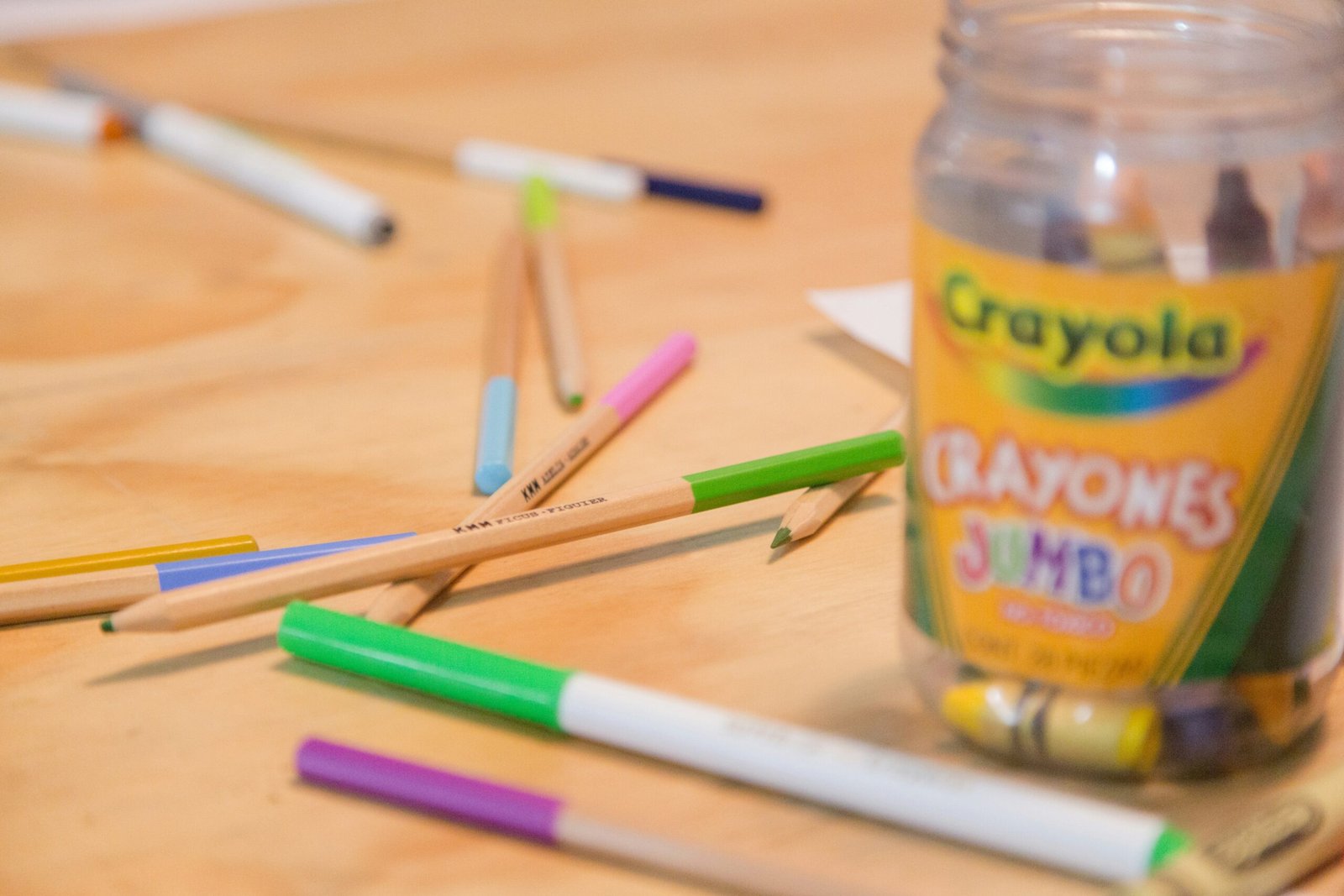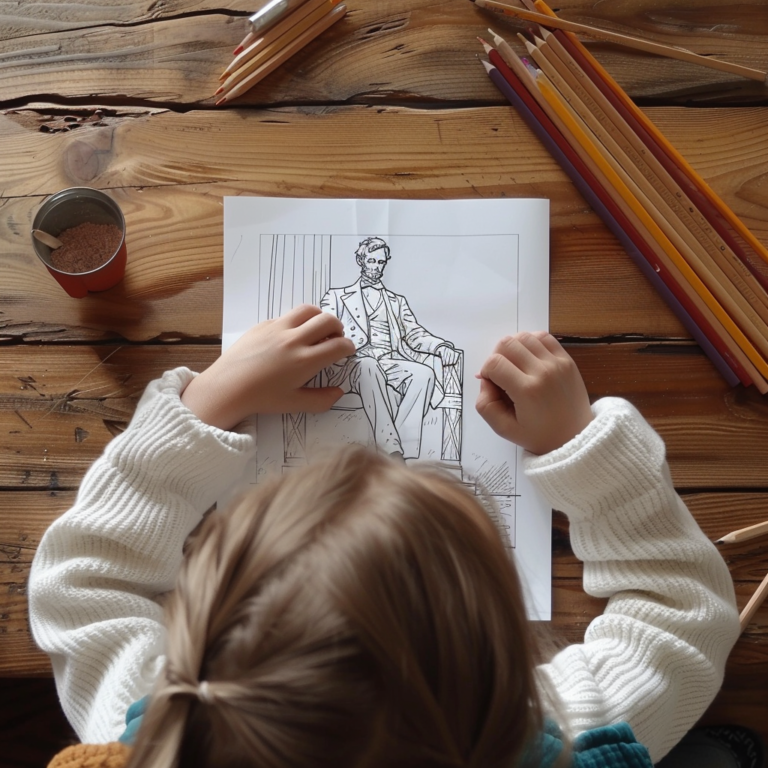Motiv Colors

Mastering Inking: A Comprehensive Guide to Coloring with Ink
In the realm of coloring, inking offers a unique and versatile approach that can elevate your artwork to professional levels. Whether you’re a seasoned artist or a novice enthusiast, mastering the art of inking can unlock a myriad of creative possibilities. In this comprehensive guide, we’ll explore the step-by-step process of inking your coloring pages, providing invaluable tips and techniques to achieve stunning results.
Understanding the Basics of Inking
Inking involves the application of ink to line art or illustrations to enhance clarity, depth, and visual impact. There are various types of ink suitable for different purposes, including India ink, alcohol-based markers, and waterproof pens. Understanding their properties is crucial for selecting the right ink for your project. Additionally, investing in high-quality tools such as fine-tip pens, brushes, nibs, and ink wells will ensure precision and longevity in your artwork.
Preparing Your Coloring Pages
To start, choose smooth, heavyweight paper that can withstand the absorption of ink without bleeding or feathering. Transfer your desired coloring page onto the selected paper using a lightbox for tracing or a high-quality printer for printing. Optionally, you can lightly sketch guidelines or outlines with a pencil to provide a framework for your inking process.
Inking Techniques
Experiment with varying line thicknesses to add depth and dynamism to your artwork. Use thicker lines for emphasis and thinner lines for delicate details. Employ hatching (parallel lines) and cross-hatching (intersecting lines) to create shading, texture, and dimension in your illustrations. Another technique to consider is stippling, which involves creating patterns and textures by stippling small dots of ink onto the paper. This technique adds intricacy and visual interest to your artwork.
- Line Weight Variation: Experiment with varying line thicknesses to add depth and dynamism to your artwork. Use thicker lines for emphasis and thinner lines for delicate details.
- Hatching and Cross-Hatching: Employ hatching (parallel lines) and cross-hatching (intersecting lines) to create shading, texture, and dimension in your illustrations.
- Stippling: Stippling involves creating patterns and textures by stippling small dots of ink onto the paper. This technique adds intricacy and visual interest to your artwork.
Step-by-Step Guide to Inking
Start by outlining the major features and contours of your coloring page with a fine-tip pen or brush. Focus on defining shapes and forms with clean, confident lines. Gradually add finer details and intricate elements to your artwork, paying attention to textures, patterns, and nuances. Take your time to ensure precision and accuracy in your inking. Use cross-hatching, stippling, or controlled ink washes to create shading and depth in your illustrations. Experiment with different techniques to achieve the desired effects. Once the inking process is complete, allow the ink to dry thoroughly before erasing any pencil guidelines. Evaluate your artwork and make any necessary adjustments or refinements.
- Outline: Start by outlining the major features and contours of your coloring page with a fine-tip pen or brush. Focus on defining shapes and forms with clean, confident lines.
- Detailing: Gradually add finer details and intricate elements to your artwork, paying attention to textures, patterns, and nuances. Take your time to ensure precision and accuracy in your inking.
- Shading and Depth: Use cross-hatching, stippling, or controlled ink washes to create shading and depth in your illustrations. Experiment with different techniques to achieve the desired effects.
- Finishing Touches: Once the inking process is complete, allow the ink to dry thoroughly before erasing any pencil guidelines. Evaluate your artwork and make any necessary adjustments or refinements.
Tips for Achieving Professional Results
Inking requires patience and precision. Take your time to ensure each line and detail is executed with care and deliberation. Strive for consistency in line quality, thickness, and spacing throughout your artwork to achieve a cohesive and polished look. Mistakes are inevitable in the creative process. Instead of dwelling on them, embrace them as learning opportunities and opportunities for artistic expression.
Conclusion
Mastering the art of inking offers a gateway to professional-level coloring artwork, allowing you to imbue your illustrations with clarity, depth, and visual impact. By following this step-by-step guide and incorporating essential techniques and tips, you can elevate your coloring pages to new heights of artistic excellence. So, gather your inking tools, unleash your creativity, and embark on a journey of exploration and self-expression through the transformative power of ink.


